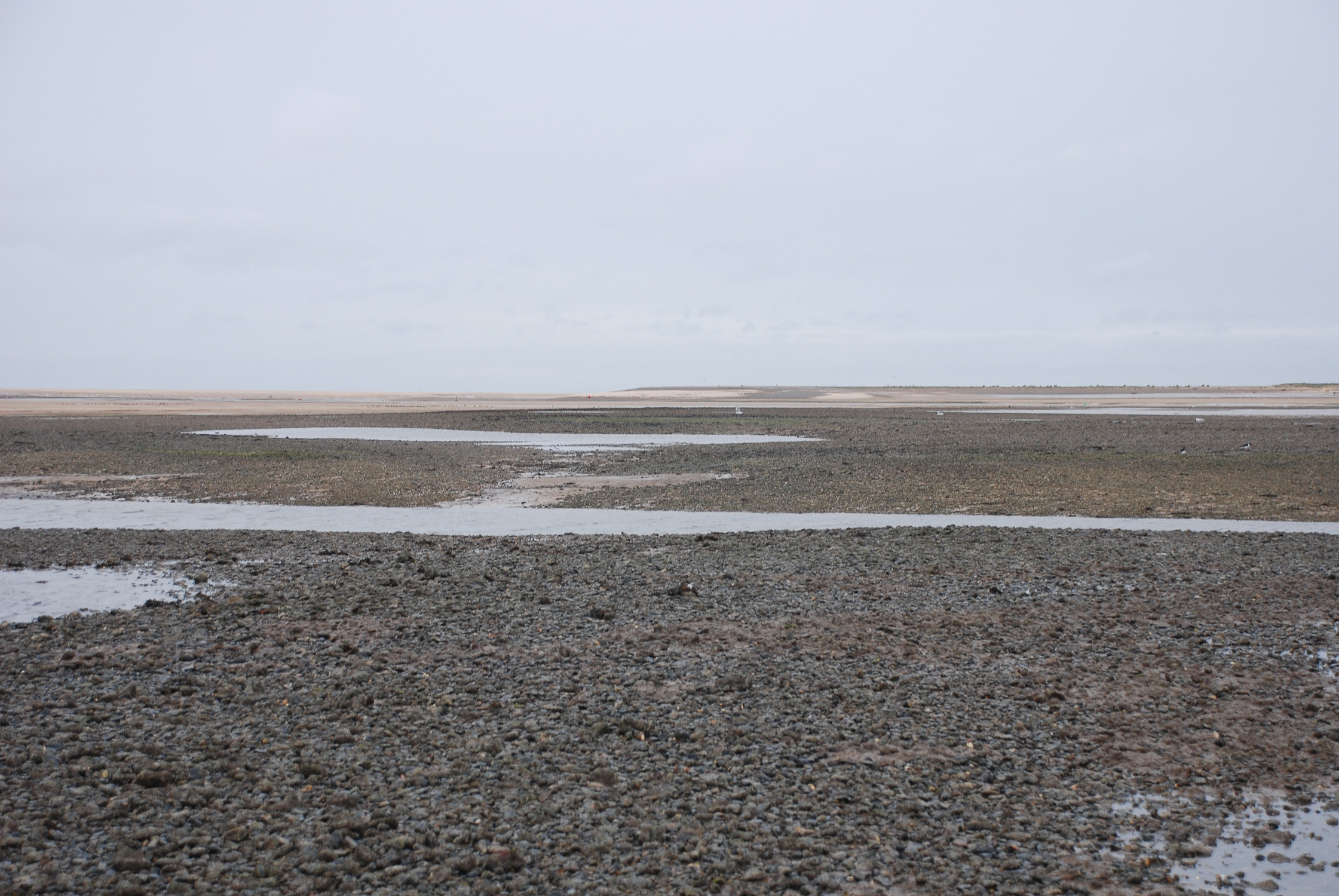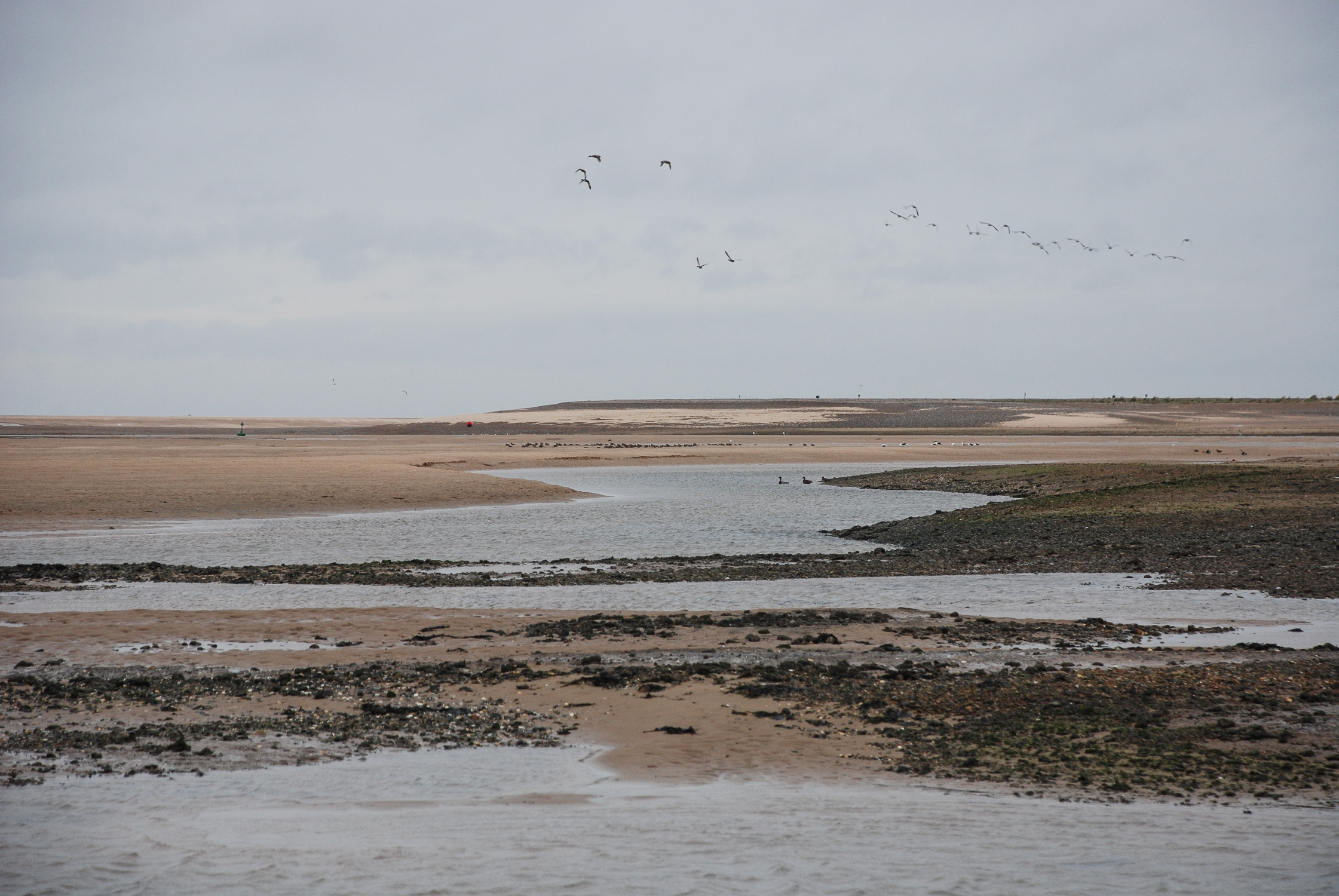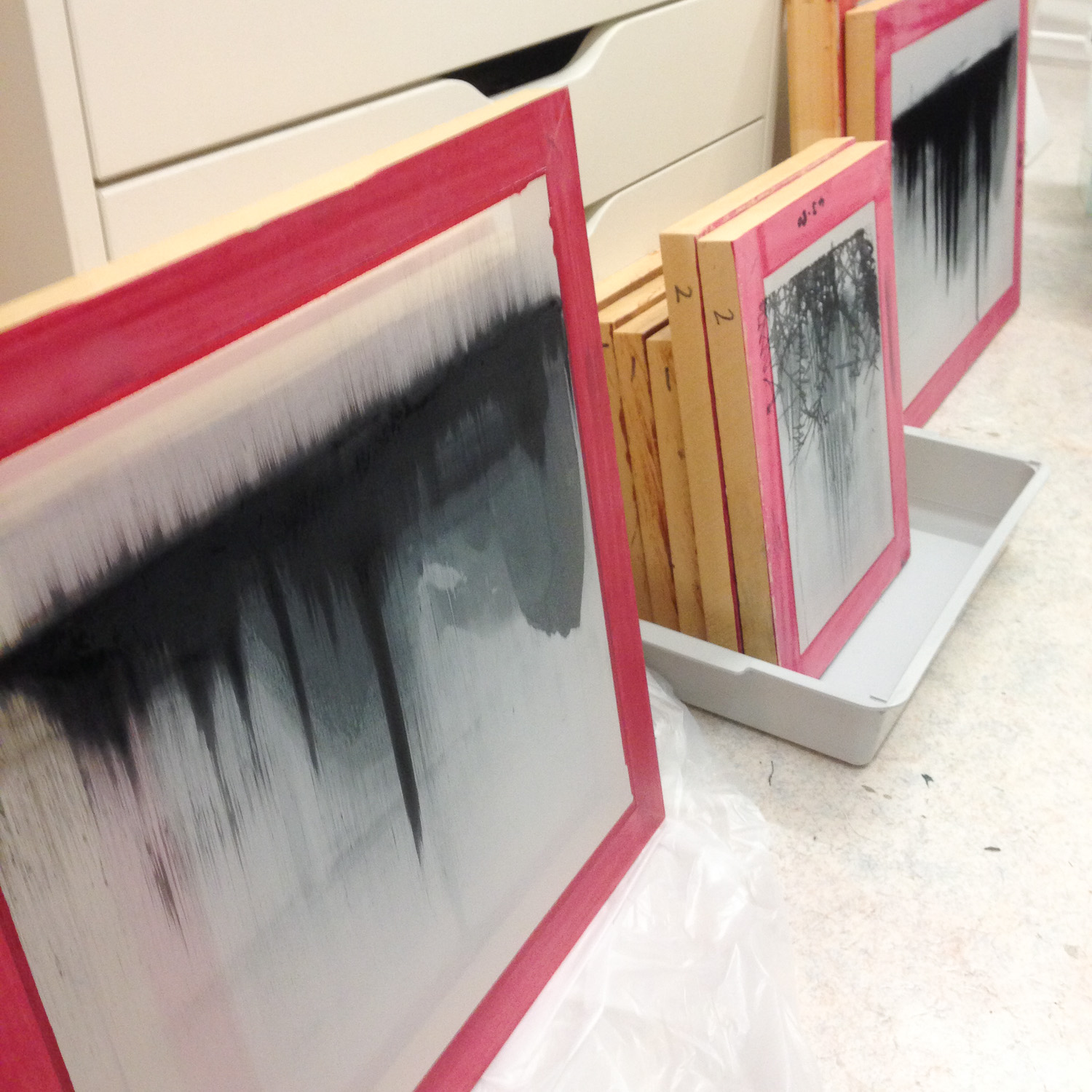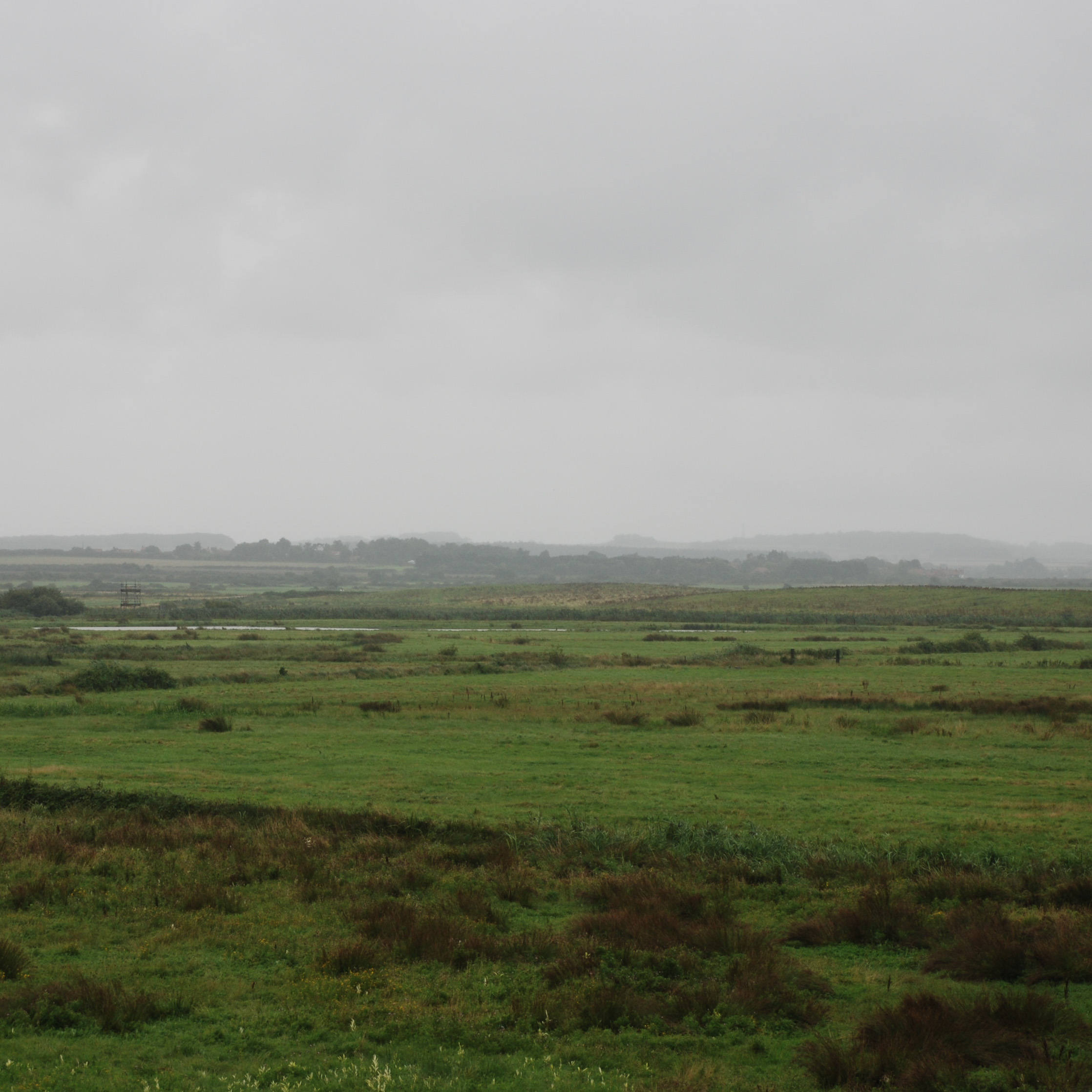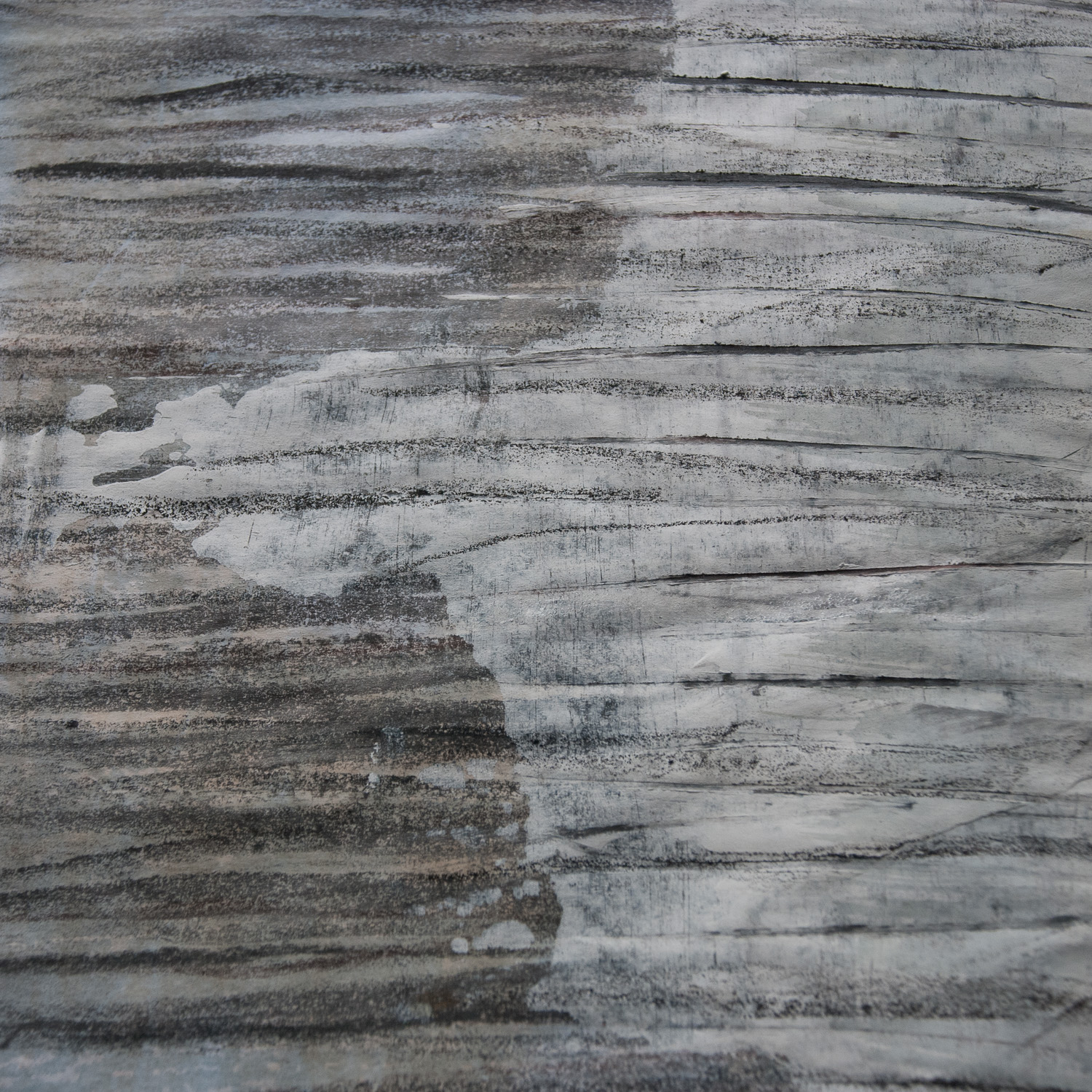Studio work has seemed very stop-start recently. I’m finding it difficult to settle down to work consistently. When I am working I seem to jump from one activity to another and keep thinking of other things I need to do. It’s making me feel restless and a little dissatisfied.
However … I am fairly happy with the results of my latest round of dyeing. I pinned everything up to have a good look. Lots of small scraps because I don’t like to waste offcuts of antique linen. I over dyed some rejected screen prints too.
Technically, all shades of brown. But one of the browns had quite a strong green tone and there was blue and black dye on some of the offcuts. As I pinned things up I enjoyed playing with some of the colour and texture combinations. I particularly like some of the pales ... though they are tough to photograph.
Then I added some scraps from a different dye session - shades of dark blue. By now it was getting harder to find space to pin anything new, but the blues combine well with the browns and creams.
I’m leaving everything up for a while so that I can keep looking and consider the possibilities.




























